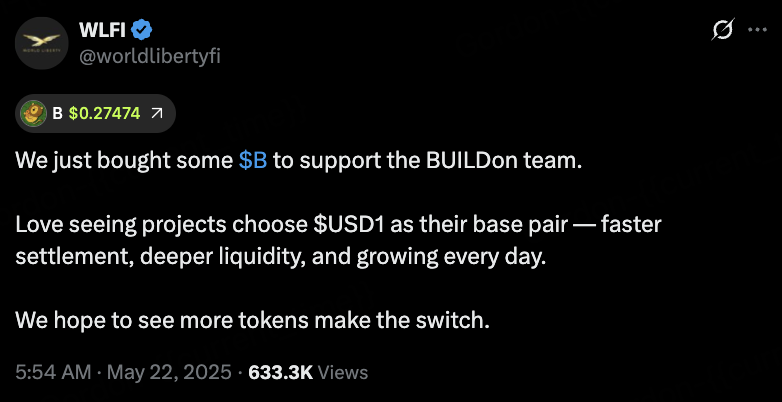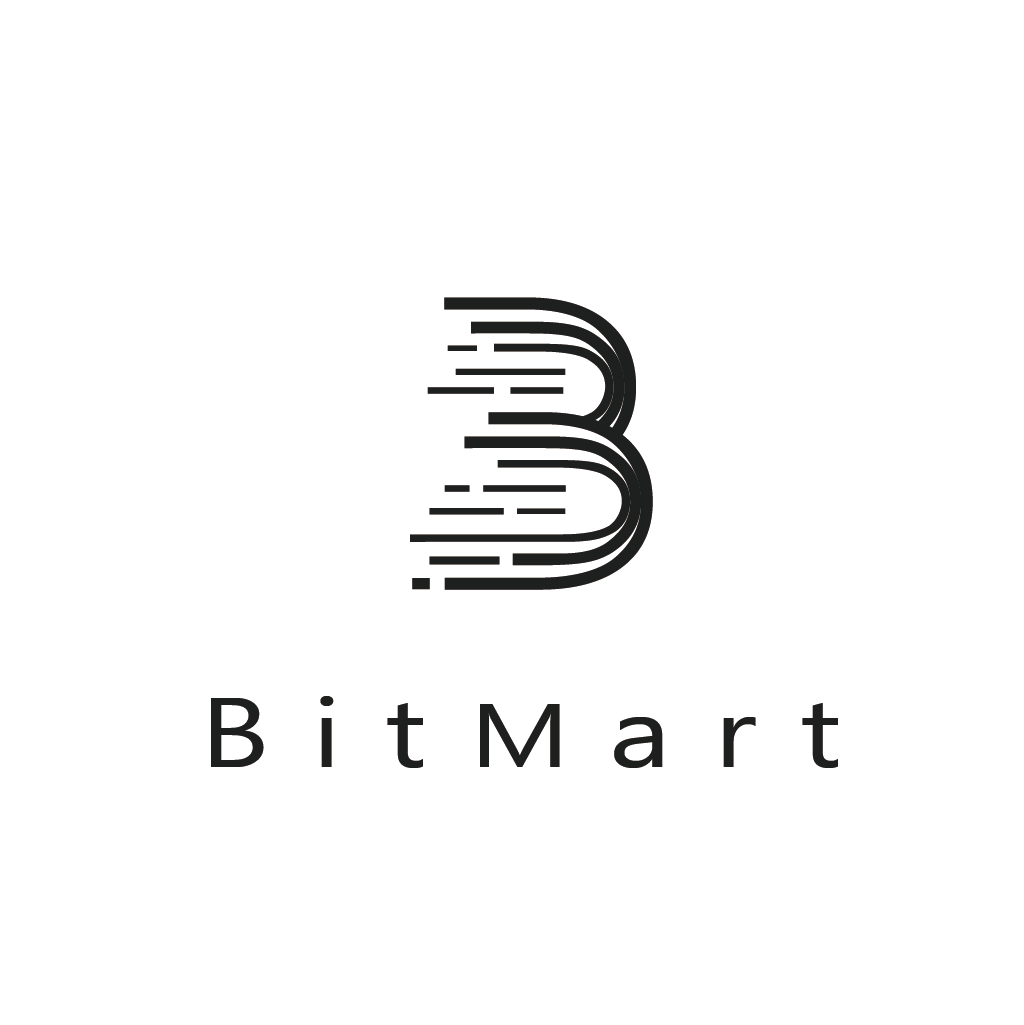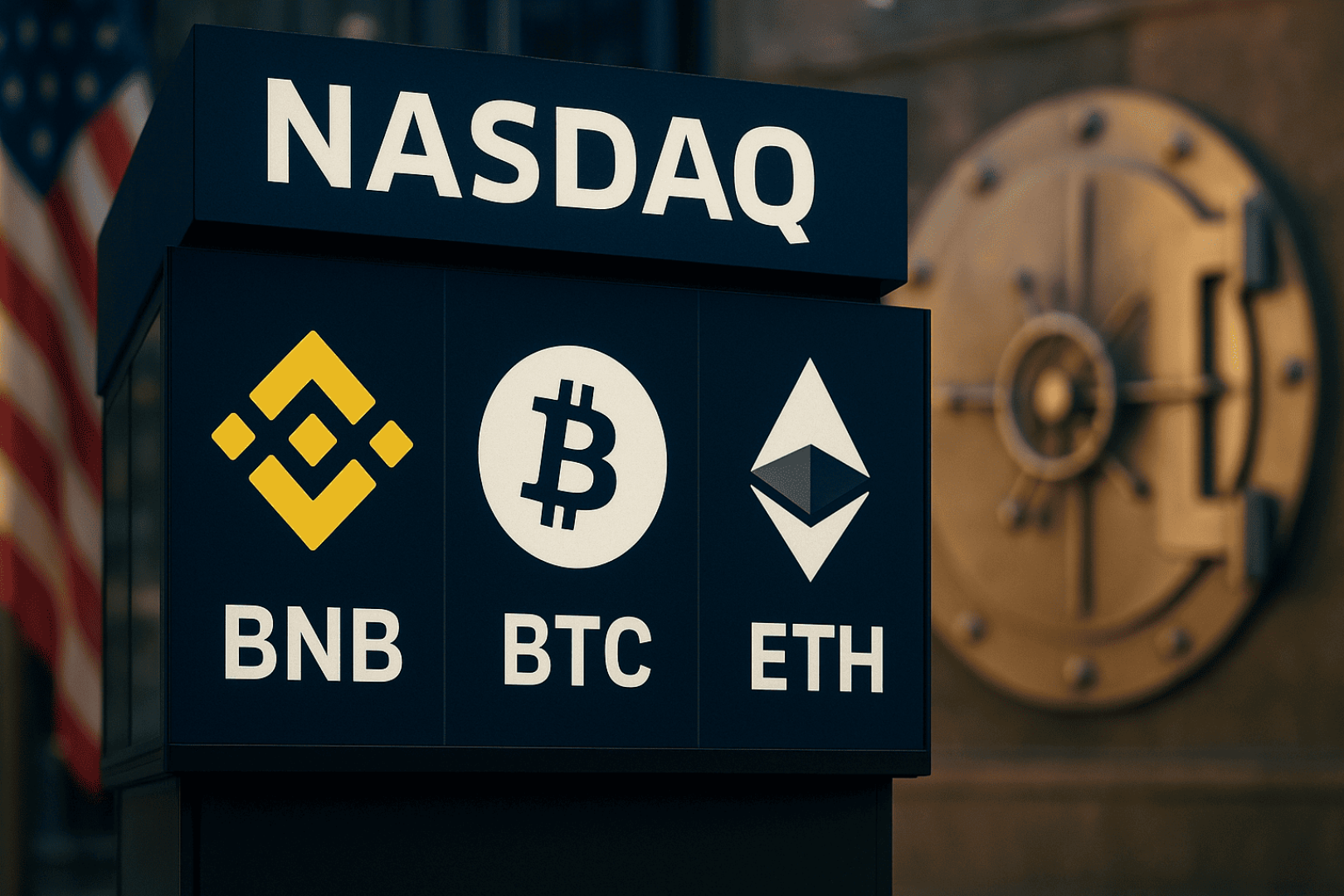Preface
Since the collapse of TerraUSD (UST) in 2022, the market share of algorithmic stablecoins has continued to decline. As an algorithmic stablecoin, UST does not have any fiat currency or asset collateral, and relies solely on algorithms to maintain its peg to the US dollar. Once confidence collapses and the mechanism fails, a chain reaction will occur in the market. In contrast, fiat-anchored stablecoins (such as USDT, USDC, and USD 1) with highly liquid assets such as the US dollar and US Treasury bonds as reserves have gradually become the mainstream of the market. However, even these stablecoins are still under great concern for their compliance and transparency. To meet this challenge, the United States has recently accelerated the promotion of the GENIUS Act, which aims to establish a comprehensive regulatory framework for the stablecoin market.
1. GENIUS Stablecoin Act
The importance of the GENIUS Act to the crypto market
The core of the GENIUS Act includes key contents such as issuance qualification restrictions, reserve requirements, compliance obligations, user protection and international applicability. The Act clearly stipulates that the issuer must fully support the stablecoins it issues with equivalent high-liquidity assets to ensure that users can redeem them at any time. At the same time, in order to protect the interests of currency holders, if the issuer goes bankrupt, its assets should be used first to repay user funds. In addition, the issuer must strictly comply with compliance obligations such as anti-money laundering (AML) and counter-terrorism financing (CFT) to prevent stablecoins from being used for illegal purposes. Overall, the GENIUS Act can strengthen the supervision of stablecoins and protect the rights and interests of users, but in the short term, the Act raises the threshold for stablecoin issuers. Existing issuers need to change the asset reserve structure and information disclosure mechanism as required. This transformation may bring higher costs and operational difficulties.
Core provisions of the bill
I. Licensing and Regulatory Framework
The bill stipulates that only three types of entities are allowed to issue payment stablecoins: one is a subsidiary of a bank or credit union; the second is a non-bank financial institution approved by federal supervision (such as an institution supervised by the OCC); the third is a state-level issuer that has obtained a state license and meets the federal "substantial equivalence" standard. Supervision adopts a "two-tier system": issuers with a market value of more than $10 billion must be subject to federal supervision; those with a smaller market value can be supervised by the state, but must meet basic federal requirements.
II. Requirements for segregation of reserve funds and assets
All stablecoins must be 100% backed by reserves, and only highly liquid assets such as cash, demand deposits, short-term U.S. Treasury bonds (≤ 93 days), short-term repurchase agreements (≤ 7 days, subject to central bank supervision) and central bank reserves can be used. Customer assets must be strictly isolated from operating funds, and re-pledge is prohibited. Temporary pledges can only be made for short-term liquidity purposes.
III. Transparency, Audit and Accountability Mechanism
Issuers are required to disclose the composition of reserve assets on a monthly basis and be audited by a registered accounting firm. For issuers with a market value of more than $50 billion, audit and compliance requirements are more stringent. The CEO and CFO of the issuer must sign a monthly compliance certification, and false statements will be subject to criminal liability. Regulators will also set capital, liquidity and risk management standards.
IV. Anti-money laundering and national security compliance
Stablecoin issuers are considered financial institutions under the Bank Secrecy Act and must establish an anti-money laundering (AML) and sanctions compliance system, including transaction monitoring, risk assessment, suspicious activity reporting, etc. Issuers are also required to keep transaction records for review by regulators.
5. Restrictions on Overseas Issuers and Large Technology Companies
If overseas stablecoin issuers fail to comply with the same regulatory standards as the United States, they will be prohibited from providing services in the United States. If large technology companies (such as Meta and Amazon) are involved in the issuance of stablecoins, they must meet strict financial compliance, user privacy and fair competition requirements to prevent monopoly and systemic risks.
VI. Consumer Protection and Bankruptcy Priority
Stablecoin users have priority in repayment when the issuing institution goes bankrupt. To prevent conflicts of interest, the bill prohibits members of Congress and senior administrative officials from participating in the issuance of stablecoins during their terms of office.
VII. Legal classification and regulatory boundaries are clear
The bill clearly states that payment stablecoins are not securities or commodities, thereby excluding the regulatory authority of the SEC and CFTC, defining the legal boundaries of stablecoins, and avoiding duplicate supervision.
Progress of the bill
As of May 22, the stablecoin GENIUS Act passed the debate motion with 69 votes in favor and 31 votes against, and entered the revision process. With the rapid advancement of the stablecoin bills in the House of Representatives and the Senate, the two parties have reached a rare consensus on the regulation of crypto assets, and the bill may be expected to complete the legislative process in Q4 2024.
2. Introduction to USD 1
USD 1 Background
USD 1 is a US dollar stablecoin launched in March 2025 by World Liberty Financial Inc. (WLFI), a DeFi platform controlled by members of the former US President Trump's family. The goal is to anchor each USD 1 to the US dollar at a 1:1 ratio and fully supported by US short-term Treasury bonds, US dollar deposits and cash equivalents as reserves. The project emphasizes compliance and transparency. The reserve assets are regularly audited by a third-party accounting firm and are held by BitGo, a digital asset custody giant. Zach Witkoff, one of the co-founders of WLFI, and Trump's son Eric Trump are the core figures of the project, and the latter also serves as the head of WLFI.
USD 1 Current Status
Recently, as the price of BTC has broken through the historical high and the popularity of USD 1 has increased, its ecological cooperation projects have also attracted market attention. The prices of tokens of multiple partners including Buildon, Lista DAO, StakeStone, Haedal, Cookie, etc. have risen sharply, which has promoted the market's high enthusiasm for the concept of "WLFI+USD 1". As of mid-May 2025, the market value of USD 1 stablecoin has exceeded US$2.1 billion, jumping to the seventh largest stablecoin. Since its launch in March, it has expanded rapidly and has been deployed on Ethereum and BNB Chain, and recently launched on the Tron network. However, according to the official description of WLFI, USD 1 is mainly aimed at institutional users. Therefore, the biggest progress made by USD 1 in practical application is that it has been selected by Abu Dhabi investment institution MGX as the official stablecoin to invest US$2 billion in Binance, becoming its first major real-world application case.
USD 1 Ecological Cooperation Project
1. BUILDon
BUILDon is a meme related to the mascot of BSC's construction culture. On May 17, the project officially announced the addition of the USD 1 trading pair and continued to tweet to interact with WLFI. On May 22, WLFI announced the purchase of BUILDon token B, and its price subsequently rose by more than 450%.

2. StakeStone
On May 9, StakeStone announced a partnership with WLFI to provide USD 1 users with full liquidity infrastructure and cross-chain staking benefits. On May 22, with the launch of USD 1 on Binance, the STO price rose by more than 20% in a single day.

3. Lista
On May 7, Lista officially announced a strategic partnership with WLFI. The Lista DAO ecosystem will add USD 1 to the treasury and also plans to add USD 1/lisUSD LP and add USD 1 as CDP collateral. On May 22, as Binance announced the launch of USD 1, Lista's price rose by 37.9% in a single day.

In terms of other cooperation, it is currently cooperating with multiple DeFi protocols such as Venus Protocol, Aster, Meson Finance and Falcon Finance, which have supported USD 1 for transactions, mortgages or liquidity assets. In terms of custody and liquidity services, BitGo is responsible for custody of reserve assets, and BitGo Prime provides institutional-level liquidity and trading services. DWF Labs has deployed multiple DeFi liquidity pools for USD 1 and subscribed to WLFI tokens for US$25 million. In addition, in terms of crypto wallets and consumption scenarios, TokenPocket, HOT Wallet, Pundi X and Umy have been connected to USD 1 for Web3 scenarios such as payment, hotel reservations and merchant settlement.
USD 1 vs. other competitors
USD 1 has no significant difference in mechanism design from other mainstream stablecoins such as USDT and USDC. Both adopt a 1:1 USD asset reserve model, which is mainly supported by highly liquid assets such as U.S. Treasury bonds and cash, and is ensured by third-party custody and regular audits to ensure transparency and compliance. However, the unique advantage of USD 1 lies in the strong political brand effect behind it. USD 1, issued by WLFI, led by the Trump family, not only developed very quickly in the early stage, but was also used in the $2 billion investment transaction of Binance by Abu Dhabi investment institution MGX. This rapid growth is mainly due to the public influence and political resources of the Trump family, which has enhanced the market's confidence in its compliance and credibility. But it is worth noting that the price of $TRUMP coin previously launched by Trump has fluctuated greatly, which has caused the market to question its stability and long-term value. This volatility may affect investors' confidence in USD 1, especially when considering the potential impact of political factors on the crypto asset market.
3. Future Development
The GENIUS Act is not only a regulatory framework for stablecoins, but also a strategic move by the United States to comprehensively strengthen the international dominance of the digital dollar by promoting the issuance of compliant stablecoins anchored by the US dollar, attracting global capital to flow to US bonds, and restricting overseas issuers. These measures will help prevent the recurrence of similar TerraUSD incidents and enhance the security and stability of the entire crypto market. Against this background, stablecoin projects with strong compliance are expected to gain greater market recognition in the future. For example, stablecoin projects with strong endorsements such as USD 1 are expected to occupy a more important position in the future crypto ecosystem as subsequent bills are promoted.
Risk Warning:
The information provided is for informational purposes only and should not be considered a recommendation to buy, sell or hold any financial asset. All information is provided in good faith. However, we make no representations or warranties, express or implied, as to the accuracy, adequacy, validity, reliability, availability or completeness of such information.
All cryptocurrency investments (including returns) are highly speculative in nature and involve significant risk of loss. Past, hypothetical or simulated performance is not necessarily indicative of future results. The value of digital currencies may rise or fall, and there may be significant risks in buying, selling, holding or trading digital currencies. You should carefully consider whether trading or holding digital currencies is suitable for you based on your personal investment objectives, financial situation and risk tolerance. BitMart does not provide any investment, legal or tax advice.



